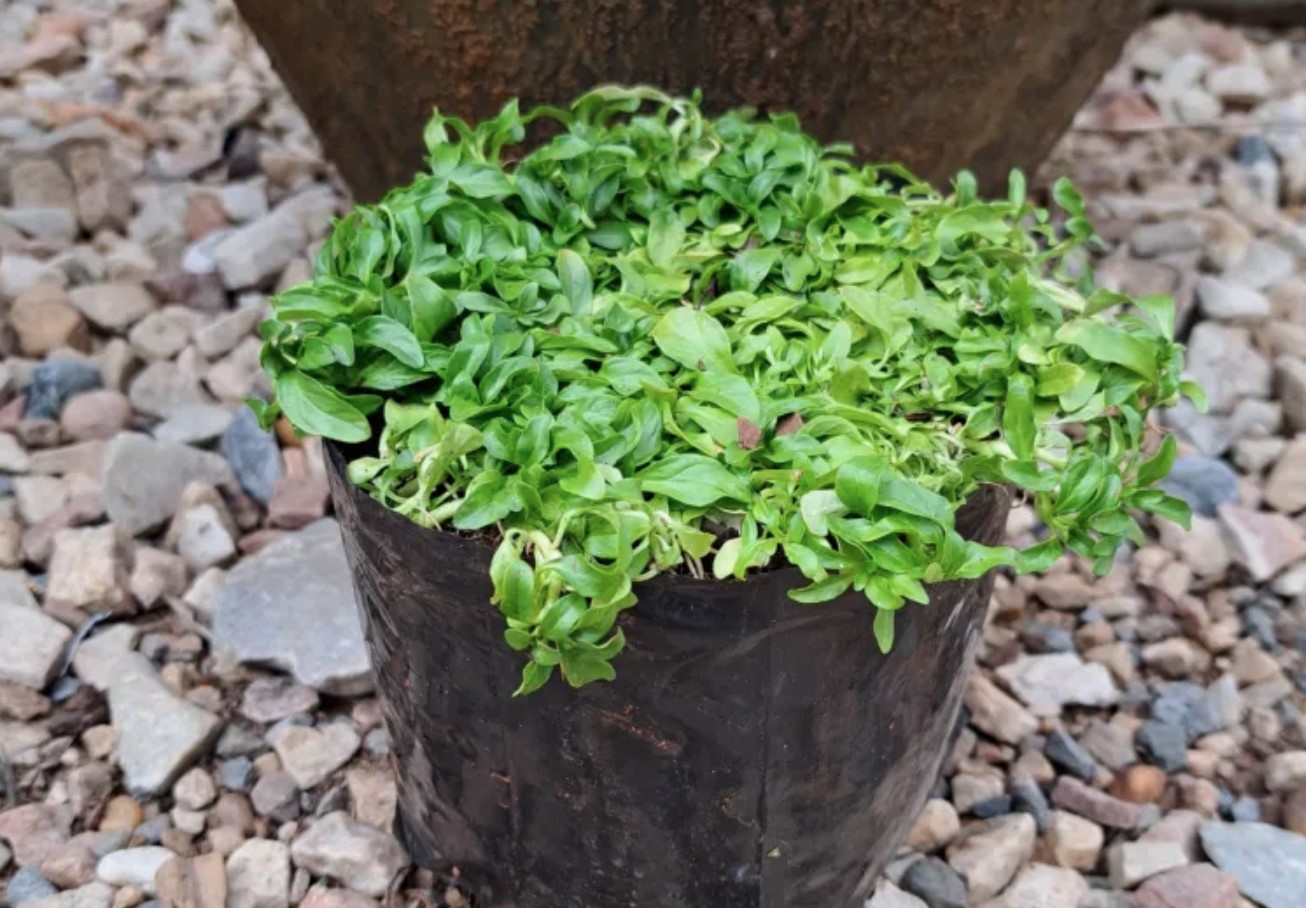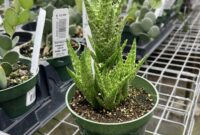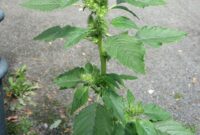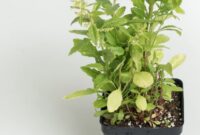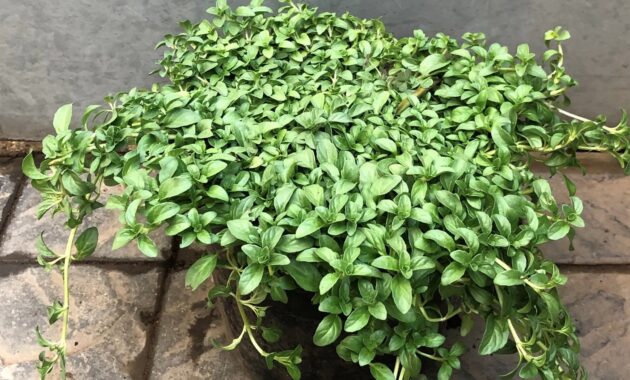
What’s the Buzz About Pennyroyal?
Ever heard of Pennyroyal? This unassuming herb, scientifically known as Mentha pulegium, has been making waves in the herbal medicine world for centuries. It’s a member of the mint family, known for its strong, minty scent and its potential medicinal properties.
What’s in a Name?
The name “Pennyroyal” is thought to have originated from the herb’s use in ancient times as a coin-sized measure. It’s a small, bushy plant with tiny, purple flowers that grows wild in many parts of Europe and Asia.
Pennyroyal’s Medicinal Magic
Historically, Pennyroyal has been used to treat a variety of ailments. Some of its purported medicinal uses include:
- Menstrual Cramps: It was once used to induce menstruation and relieve menstrual pain.
- Digestive Issues: People have used it to soothe digestive troubles like bloating and gas.
- Respiratory Problems: Some believe it can help alleviate coughs and congestion.
- Insect Repellent: Its strong scent has been used to keep bugs at bay.
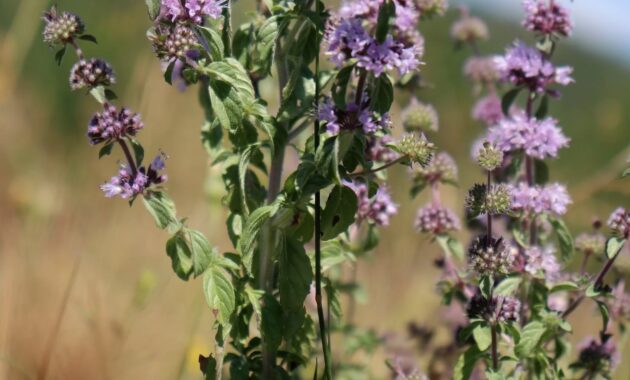
The Good, the Bad, and the Ugly
While Pennyroyal offers potential health benefits, it’s important to approach it with caution. The herb contains compounds that can be toxic if ingested in large amounts. Some of the potential risks associated with Pennyroyal include:
- Liver Damage: Excessive consumption can lead to serious liver damage.
- Kidney Damage: It may also harm the kidneys.
- Neurological Symptoms: In severe cases, it can cause seizures and coma.
Pennyroyal Essential Oil: A Double-Edged Sword
Pennyroyal essential oil is highly concentrated and even more toxic than the herb itself. It should never be ingested or applied directly to the skin. Even inhaling the oil can be dangerous.
Growing Your Own Pennyroyal Patch
If you’re a gardening enthusiast, you might be tempted to grow your own Pennyroyal. Here’s a quick guide:
- Choose Your Spot: Pennyroyal thrives in well-draining soil and full sunlight.
- Plant Your Seedlings: Plant your seedlings in spring or early summer.
- Water Wisely: Keep the soil consistently moist, but avoid overwatering.
- Prune Regularly: Pruning can help the plant maintain its shape and encourage bushier growth.
Identifying Your Pennyroyal Plant
Pennyroyal is a small, minty plant with oval-shaped leaves and tiny purple flowers. Its strong, distinctive scent is a dead giveaway.
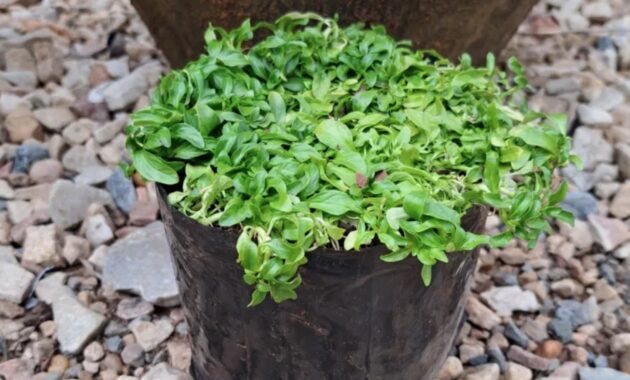
Caring for Your Pennyroyal Plant
To keep your Pennyroyal plant healthy and happy, provide it with plenty of sunlight and water. Regular pruning can help maintain its shape and promote new growth.
The Bottom Line: Proceed with Caution
While Pennyroyal has been used for centuries, its potential risks outweigh its benefits. It’s best to avoid using Pennyroyal, especially in its essential oil form. If you’re looking for natural remedies, there are many safer alternatives available.
FAQs
- Can I use Pennyroyal to induce labor?
No, Pennyroyal can be dangerous and should not be used to induce labor. - Is Pennyroyal tea safe to drink?
No, Pennyroyal tea can be toxic and should be avoided. - Can I use Pennyroyal to treat menstrual cramps?
While it has been used for this purpose, there are safer and more effective options available. - Can I use Pennyroyal essential oil in aromatherapy?
No, Pennyroyal essential oil is highly toxic and should not be used in aromatherapy. - Is Pennyroyal safe for pets?
No, Pennyroyal is toxic to pets and can cause serious health problems.
